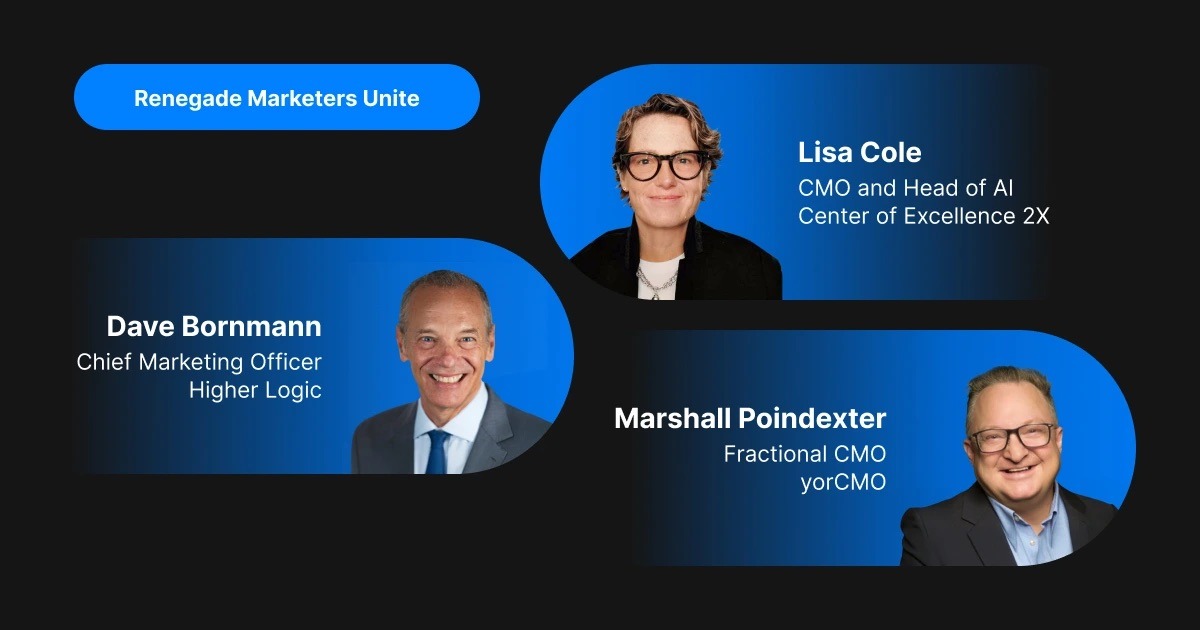February 17, 2020 | Blog
Rebranding operations: the missing link between you and a successful rebrand

Marketers love to do rebranding because it gives us an opportunity to imagine a new story, create better connections with our customers, and stay relevant in the market. However, there is a flurry of activity associated with a rebranding effort, and it’s a costly affair in terms of time, effort, and money. I’ve gone through plenty of rebrands in my 10-year career as a marketer, both as the executer and strategic owner, and all these rebrands were successful and resulted in a stronger brand presence that led to a measurable increase in brand value and equity.
In this post, I’ll share some advice around what a successful rebranding looks like, but I’m not going to talk about how to do a rebrand. There are plenty of good articles out there on the subject already. Rather, I’ll discuss the often-neglected work that is required to bring your new brand to life—what I call rebranding operations.
Marketers can be so focused on creating the new brand that they never plan well enough to reap the maximum benefit that a rebrand can bring. As a result, the new brand never gets executed fully, or is done in such a fragmented and disjointed way that it loses its intended impact altogether. Instead of the rebrand being a moment of excitement and celebration, it turns into chaos, with your internal stakeholders and customers wishing things never changed.
The Keys to a Successful Rebranding Effort
A well-executed rebranding effort should create excitement with internal stakeholders and customers alike. It celebrates a new chapter in a company’s journey. It is more than the unveiling of a new logo or a new website—a rebrand offers the promise of new capabilities and renewed commitment to serve customers better.
A rebrand is a major project-management undertaking that should not be underestimated. The keys to a successful rebrand are:
- Understanding the sequence and priorities of certain activities
- Communicating clearly to stakeholders
- Building momentum along the way, so that the new brand takes the rightful place as an enabler for growth
What many marketers fail to recognize is that rebranding creates disruption in the sales and marketing process, and aside from a new look and feel, the new messaging and positioning of (new) capabilities often means there will be confusion internally.
In order to successfully operationalize rebranding, marketers should begin by taking care of deliverables gaps and keeping scalability in mind.
Mind the gaps in your deliverables
Regardless if you’re rebranding with an agency or your in-house team, watch out for gaps in the deliverables. Too often the style guide is missing crucial examples of how the new brand is to be implemented in the various formats that are used daily by your organization, from social media and webpages to PowerPoint, marketing collaterals, and stationery.
It is not enough to provide an image of what the new PowerPoint cover will look like; the deliverable should also include the actual PowerPoint template and examples of how the new brand is applied. For example, a 5- to 10-page deck of frequently used slides should be used for stress testing if design ideas proposed in the style guide translate well into the real world.
Don’t forget about scalability
Scalability is important consideration when translating a new brand to the real world. Sometimes brand agencies like to wow their clients with designs that are amazing, but terribly tedious or expensive to create for daily use.
Create a hierarchy in your brand visuals and categorize into two large groups: key and non-key visuals.
Key visuals are the best and most amazing visuals used in main marketing and sales assets like the website homepage or keynote presentations. And of course, they are the most expensive to produce in terms of time, effort, and cost. Limiting use of key visuals ensures fatigue does not set in and creates longevity and a sense of exclusivity for the brand.
The non-key visuals are usually used in mass-outreach marketing programs such as email and social campaigns (this includes what is used in content production). They should be cheaper and quicker to produce, since campaign visuals should be varied, and frequent updates are expected on these platforms.
The Three Phases of a Rebranding Effort

There are three distinct phases that should be followed to successfully bring a new brand to life.
Phase 1: Planning and development
The planning and development of the rebrand and messaging takes place during this phase, resulting in the creation of several brand documents:
- The visual style guide that includes the logo, tagline, font types, color palette, images, and examples of application (i.e., templates in PowerPoint, PDF, webpages, etc.)
- The voice style guide that includes messaging architecture, personas, and examples of usage
- The rebrand communication plan for internal (employees) and external (existing customers, prospects, partners) use
Interim stage: Streamlining the internal transition
Between phases 1 and 2 is an interim stage, where the old brand is transitioning into the new—which is a bit like trying to paint a train in a new color while the train is still moving. This period often goes unrecognized in the rebrand effort, but it’s an important one for translating what looks good in theory into real life.
At this stage, there are many small decisions you need to make; for example, do you brand an asset that will be deployed in a campaign in three weeks’ time in the new style or the old style? So instead of having your team come back to you with a series of questions every single time, which slows everything down, it’s best to create an “interim brand guide” as an FAQ so your team can move ahead.
The act of creating the interim brand guide creates opportunities for conversation with internal stakeholders to align needs and priorities. In the interim stage, there will be things you sacrifice or delay doing when you consider the cost and effort. Recognizing this important part of the rebrand will generate positive reception of the entire effort for internal stakeholders.
Phase 2: Brand Conversion
This phase is where the actual work of converting assets from the old brand to the new brand happens. This usually includes the website, social media, and other marketing and sales assets, as well as internal documents for legal, procurement, etc. Most often in a rebrand, the key piece is the website, and usually this stands as a project on its own. We often advise clients to dedicate resources to complete the bulk of the conversion within a few months and prioritize the external-facing deliverables over the internal.
Phase 3: Normalization
This phase is where the effort lies in easing the new brand into the daily operations of the organization. A good measure of the success of a rebrand with internal stakeholders is how quickly and holistically the new brand is used in the organization. (A frequently asked question should be, “Where can I find the new brand template?”) On the other hand, success of the rebrand with external stakeholders is measured by how well the organization lives up to the brand promise.
Support for Your Rebranding Operations
Although 2X is not a branding agency, we are often brought in by our clients when the branding agency is almost done with creating the new brand. That’s when the discussion turns toward how to fully maximize the new brand and what to do with the soon-to-be-old brand. Our strength lies in the operationalizing a new brand and plugging it into the daily life of our clients without creating disruptions, and at the same time, adding the most value. In our view, a well-executed rebrand that achieves a cohesive experience into the market requires deliberate planning and clear communication.
Contact us to learn more about how 2X and marketing as a service can help with your rebranding operations.



